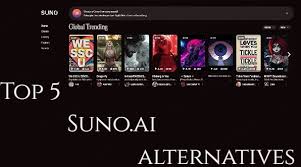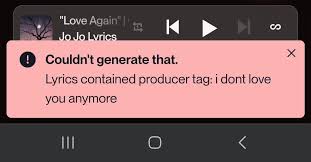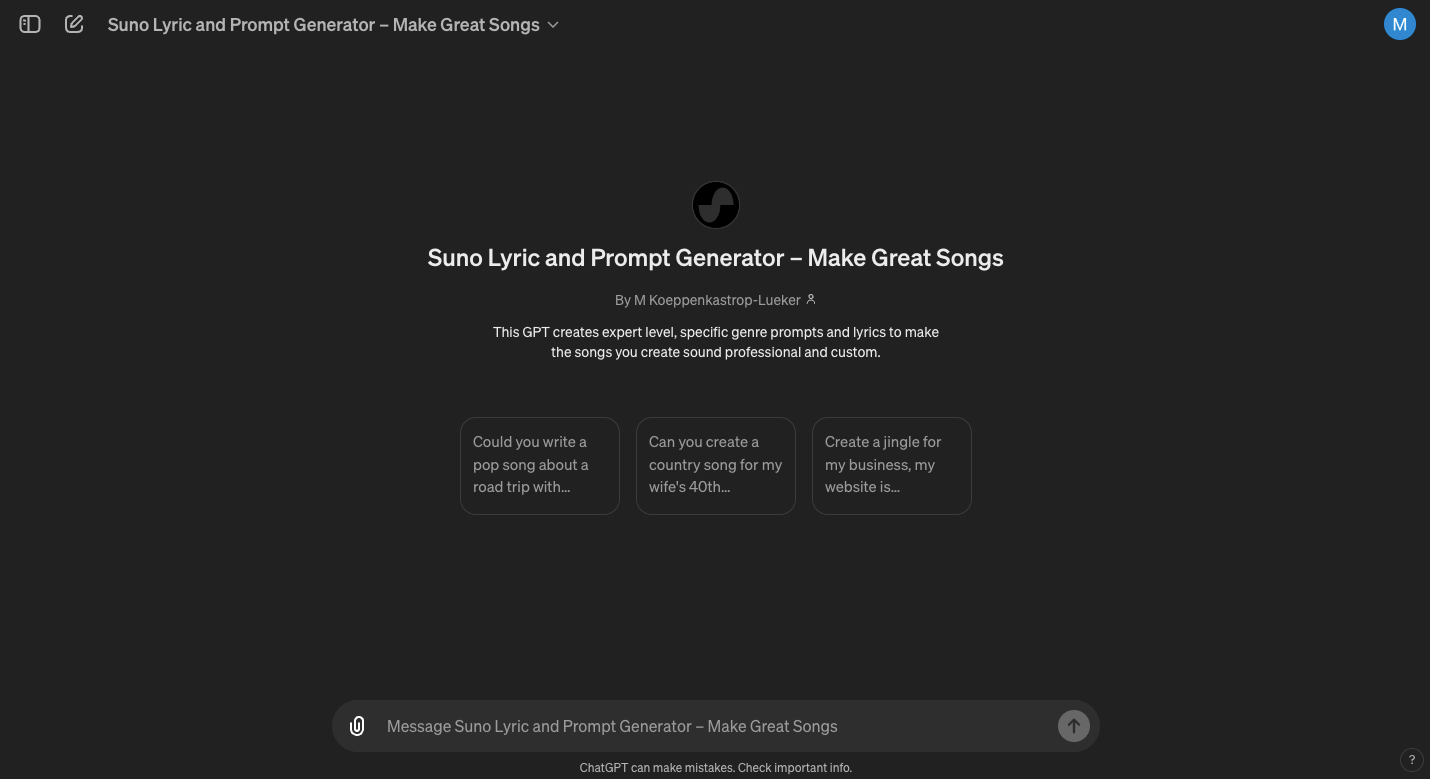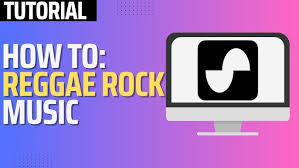Introduction: When Music Meets Machine-Generated Fame
Imagine launching a pop star who never ages, never loses their voice, and can sing in 10 languages—without ever stepping into a recording booth.
Welcome to the era of virtual idols.
In 2025, creating a virtual idol isn’t just a sci-fi fantasy—it’s a scalable creative venture powered by AI singing tools, real-time animation, and synthetic personality engines. From K-pop-style avatars to lo-fi indie characters, brands, musicians, and influencers are building digital performers who sing, dance, and interact with fans across TikTok, YouTube, and even live stages.
This guide breaks down how to create a virtual idol with AI singing tools—step-by-step—from vocal modeling to visual design and social media launch.
What Is a Virtual Idol?
A virtual idol is a digitally created performer with a synthetic voice and animated appearance. Unlike traditional musicians, they are not tied to a human performer and can:
Sing AI-generated or human-written songs
Appear on livestreams or videos using motion capture
Have unique visual identities and personalities
Engage with global fans across platforms and languages
Famous examples include Hatsune Miku, K/DA, and the new wave of AI idols powered by tools like Suno, Synthesizer V, and MetaHuman.
Step-by-Step: How to Create a Virtual Idol with AI Singing Tools
Step 1: Define Your Idol's Brand and Identity
Before touching any software, ask:
What genre do they sing? (K-pop, indie, EDM, classical)
What’s their personality? (cute, mysterious, edgy, friendly)
What language(s) do they perform in?
Are they a soloist or part of a virtual group?
?? Example:
“A bilingual cyberpunk R&B singer who performs in English and Japanese with a soft, melancholic voice.”
Step 2: Design the Visual Avatar
You’ll need to build a digital performer—either 2D or 3D.
Best Tools for Avatar Creation:
MetaHuman by Unreal Engine (high-fidelity 3D human avatars)
Ready Player Me (fast web-based full-body avatar creator)
Live2D Cubism (2D anime-style idols for VTubing)
ZEPETO Studio (mobile-first stylized avatars for short-form platforms)
?? Pro Tip:
Design outfits, accessories, and signature gestures for your idol to build emotional connection and brand consistency.
Step 3: Generate the Singing Voice
This is the heart of your virtual idol—their unique AI-generated voice.
Top AI Singing Tools:
Suno.ai – Create full original songs (lyrics + vocals + backing track) from prompts.
Synthesizer V – Control pitch, breathiness, vibrato; supports multiple languages and expressive singing.
So-VITS-SVC / Diff-SVC – Clone a human voice to simulate real singing performance on cover songs.
Voicemod Sing AI – Stylized vocal filters for fast prototyping.
??? Create multiple demo tracks to define your idol’s sound profile: dreamy, powerful, raspy, soft-spoken, robotic, etc.
Step 4: Animate and Sync the Performance
Once you’ve got the avatar and the vocals, it’s time to bring your idol to life.
Tools for Animation and Lip Sync:
Wav2Lip – AI-powered lip-syncing from voice tracks
DeepMotion – Full-body AI motion capture from video
Unreal Engine + Live Link Face – For expressive facial animation in MetaHuman
Animaze or Veadotube – Real-time avatar streaming (great for VTubers)
?? Combine singing and dancing sequences for music videos or live Twitch performances.
Step 5: Build a Social Media Presence
Your virtual idol needs a stage—and platforms like TikTok, YouTube, Twitch, and Bilibili are ideal launchpads.
Suggested Content Types:
Music video covers or originals
“Behind the scenes” animations (in character)
Dance challenges and short loops
Fan Q&A videos (with AI-powered response voice)
Weekly livestream mini-concerts
?? Platform Tip:
Use Shorts and Reels to tease songs before full releases—many virtual idols grow fastest through short-form music.
Step 6: Develop Lore and Fan Culture
The most successful virtual idols aren't just singers—they're characters with backstories and interactive personalities.
Ideas to consider:
Create an origin story (e.g., “an AI trained on lost vinyl records”)
Let fans vote on outfit designs, voice styles, or song genres
Release “diary entries,” birthday posts, or digital postcards
Drop NFT-based merch or exclusive fan tokens (optional)
?? Pro Tip:
Use Discord or community platforms to build a “fandom” early.
Real-World Examples of Virtual Idols Using AI Singing Tools
?? MIDNIGHT (Independent AI Idol on YouTube)
Built using Synthesizer V voicebanks + Ready Player Me + DaVinci Resolve
Performs English J-pop with an indie twist
Grew from 0 to 100K fans in under 6 months
?? CR-01 (AI DJ Avatar on Twitch)
Live-streams AI-generated trance music with motion capture
Uses Suno + Unreal Engine + OBS
Collaborates with human DJs and VJs globally
Legal and Ethical Notes
Voice Cloning: Never use another person’s vocal identity without permission.
Cover Songs: Obtain mechanical licenses for publishing on YouTube or Spotify.
AI Disclosure: Inform your audience if the idol is AI-generated (especially in marketing).
Cultural Representation: Be mindful when designing avatars inspired by specific cultures.
Pros of Virtual Idols with AI Singing
? No vocal fatigue or scheduling limits
? Infinite content generation possibilities
? Multi-language support for global reach
? Emotional engagement through animated performance
? New business models (fan economy, merch, concerts)
Conclusion: You Don't Need to Be Human to Be a Star
The rise of AI singing tools has made it possible for any creator—not just big labels—to launch their own virtual idol. Whether you want a kawaii anime pop star, a mysterious digital crooner, or a dance-ready avatar DJ, the tools now exist to build a fully singing, performing, and monetizable digital performer.
In the world of AI music, identity is programmable—and creativity is limitless.
So, ready to debut your first AI-powered pop icon?
FAQs
Can I monetize songs sung by my AI virtual idol?
Yes, but make sure you own or license the vocals, instrumentals, and songwriting rights.
Can a virtual idol tour or perform live?
Yes. Virtual concerts with motion capture and livestreaming (via OBS or Unreal Engine) are already being done.
How do I protect the identity and voice of my virtual idol?
Consider copyrighting the design and trademarking the name. For voice, train on a unique model rather than cloning.
How long does it take to launch a virtual idol?
With today’s tools, a minimal MVP can be done in 1–2 weeks. Full brands take 2–3 months.
Learn more about AI MUSIC









